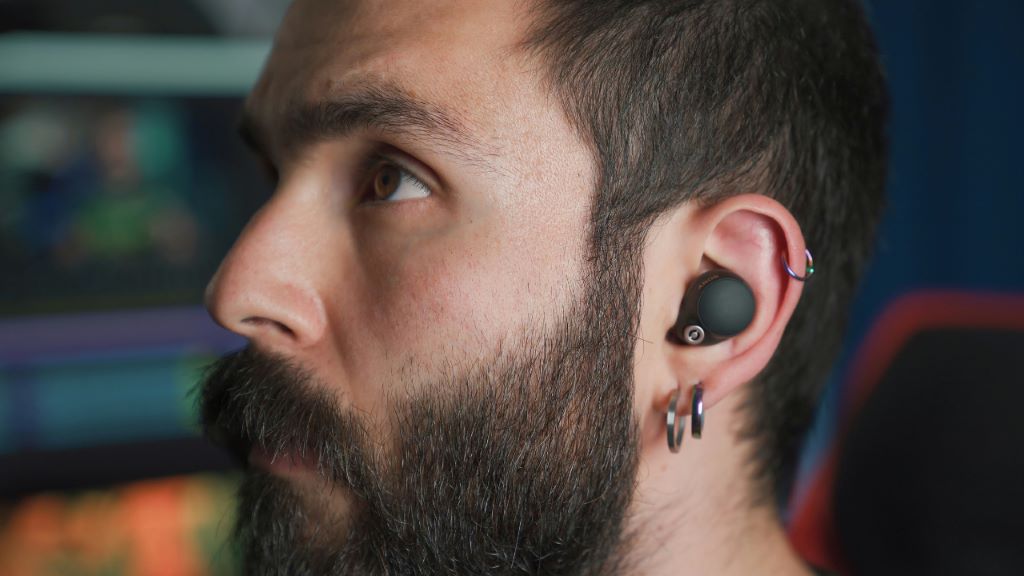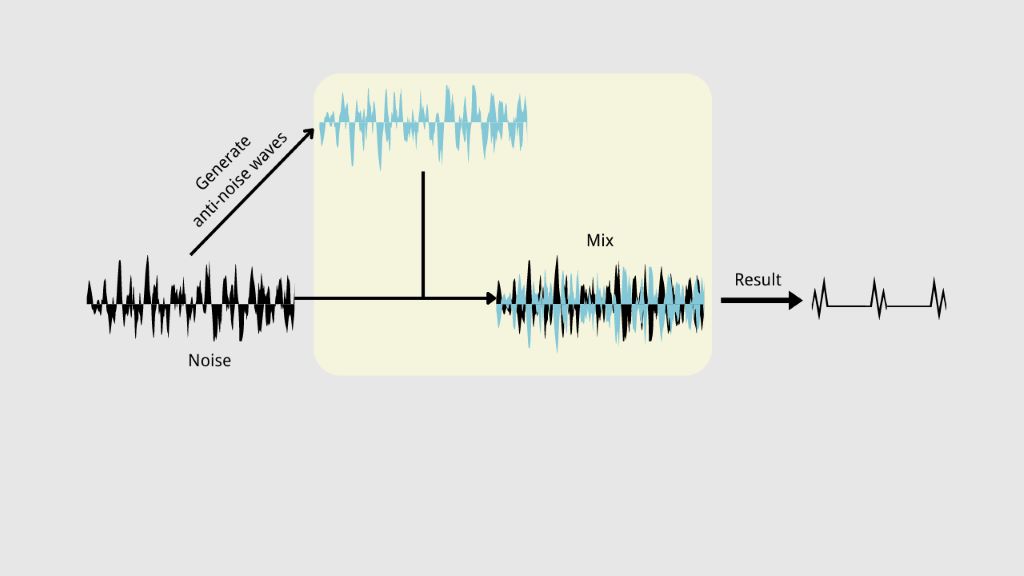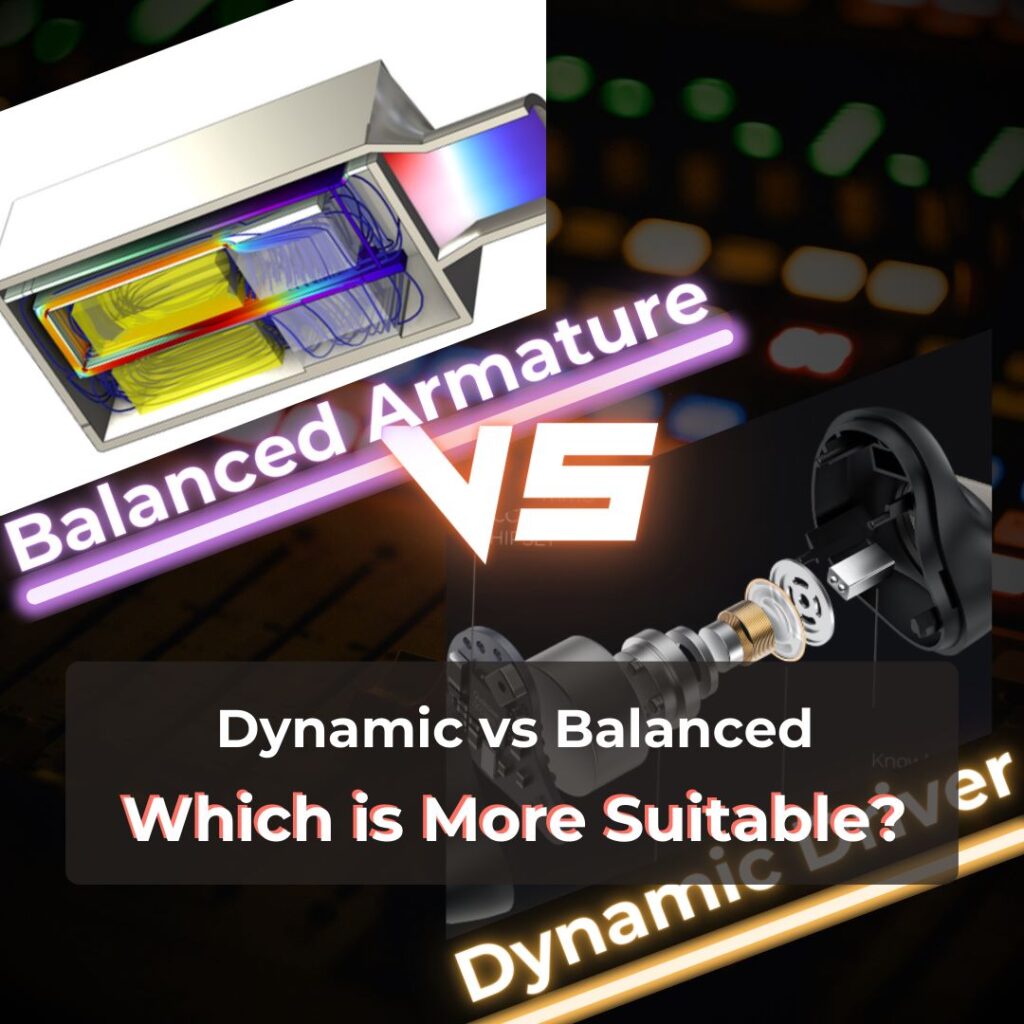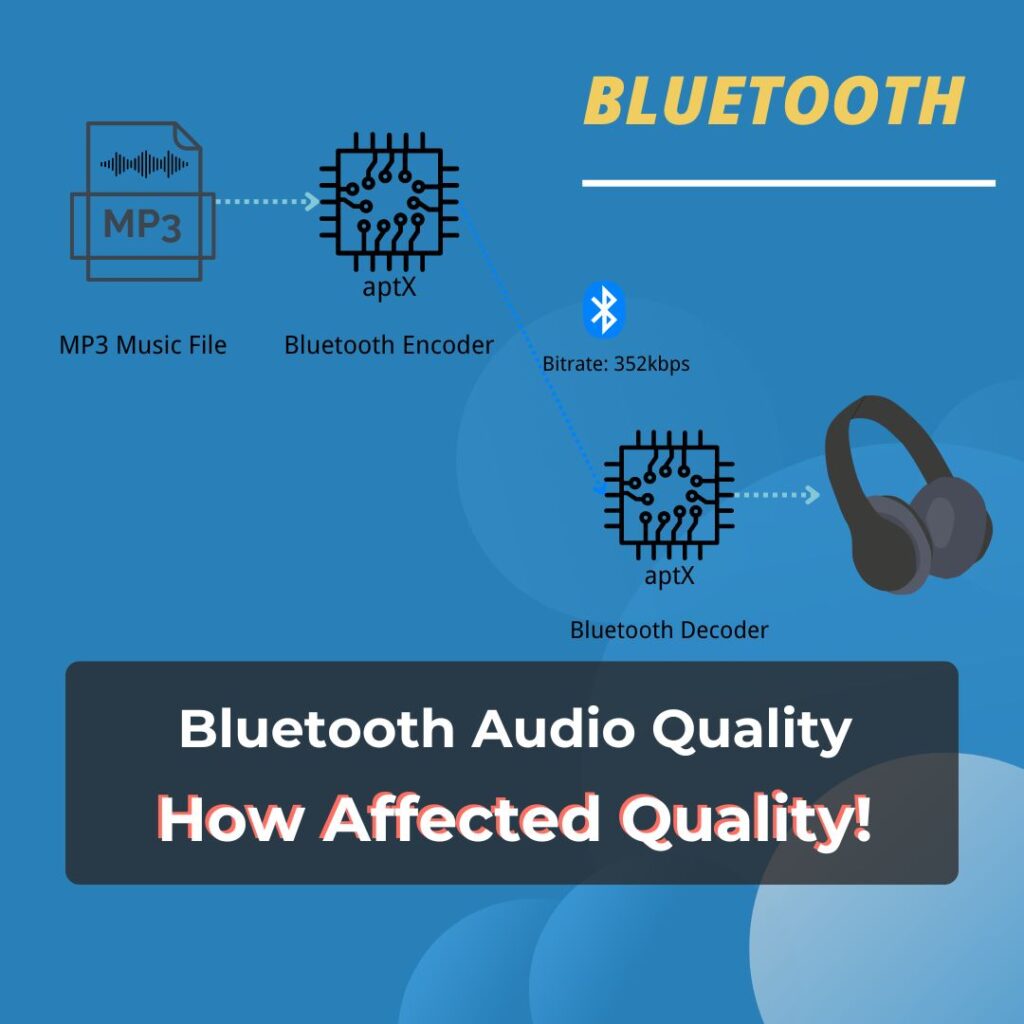
As passionate enthusiasts dedicated to unraveling the mysteries of technology, we’ve invested time and genuine effort into exploring the intricacies of how noise cancelling works. Join us on this journey as we share our insights and discoveries with you.
Let’s embark on a journey to uncover the secrets of noise cancelling. In this article, we’ll explore its principles, types, and practical applications.
- Types of Noise Cancelling
- The Physics Behind Active Noise Cancelling
- Three Basic Types of Active Noise Cancelling
- What Type of Noise Cancelling Headphones Should You Buy?
Now, let’s dive deeper into the world of noise cancelling and discover its inner workings.
Types of Noise Cancelling
Noise cancelling helps us block out unwanted sounds, like the noisy hum of a fan or the roar of a crowd. There are two main types: passive and active noise cancelling. Passive noise cancelling works like putting on earmuffs. It uses materials to block sounds from reaching your ears. Imagine wrapping yourself in a cozy blanket to shut out the noise!
Active noise cancelling is like having a special superhero power. It uses tiny microphones to listen to the sounds around you. Then, it creates special sound waves called anti-noise. These anti-noise waves mix with the incoming noise, canceling each other out. It’s like magic! So, whether it’s the rumble of a plane or the chatter of a busy street, active noise cancelling helps make it all quiet and peaceful.
The Physics Behind Active Noise Cancelling

Sound travels through the air in the form of waves. Imagine ripples spreading out when you drop a pebble into a pond. Similarly, sound waves spread out from their source. When we hear unwanted noise, like the rumble of a car engine, it’s because those sound waves have reached our ears.
To combat this noise, active noise cancelling uses a clever trick. It listens to the incoming sound waves using tiny microphones. Then, it creates special sound waves called anti-noise waves. These anti-noise waves are exactly the opposite of the incoming sound waves, like a mirror image. When the anti-noise waves mix with the incoming sound waves, they cancel each other out. It’s like adding a positive number to a negative number, and they disappear! This process happens super fast, so all we hear is peace and quiet. Amazing, right?
Three Basic Types of Active Noise Cancelling
When it comes to active noise cancelling, there are three main types, each with its own special way of making unwanted noise disappear.
Feedforward
The first type is called feedforward active noise cancelling. Just like a superhero anticipating a villain’s next move, feedforward active noise cancelling predicts incoming noise before it reaches your ears. It uses microphones placed outside your headphones or earbuds to listen to the outside world. Then, it quickly generates anti-noise waves to counteract the incoming noise. It’s like putting up a shield before the attack even happens!
Feedback
Next, there’s feedback on active noise cancelling. This type is like having a sidekick who’s always there to help. Feedback active noise cancelling uses microphones inside your headphones or earbuds to listen to the sound that’s already reached your ears. It then generates anti-noise waves to cancel out this sound. It’s like having a friend whispering in your ear, “Don’t worry, I’ve got this!”
Hybrid
The third type is hybrid active noise cancelling. Just as the name suggests, it combines the powers of both feedforward and feedback active noise cancelling. By using both external and internal microphones, hybrid active noise cancelling offers double the protection against unwanted noise. It’s like having two superheroes teaming up to fight off the bad guys – nothing stands a chance!
What Type of Noise Cancelling Headphones Should You Buy?
Choosing the right noise-canceling headphones depends on your needs and where you’ll use them. Different headphones work better in different places. Let’s find the perfect headphones for you.
If you’re around a lot of noise, like on busy streets or loud cafes, pick headphones with strong noise cancelling. This fancy tech quiets down what’s around you so you can hear your music or podcasts clearly. Look for headphones that have both “feedforward” and “feedback” noise cancelling to block out the most sounds in all kinds of places.
For quiet places like home or work, super strong noise cancelling might not be necessary. Headphones with just regular noise blocking, like padding around the ears, might be enough. This type of blocking uses cushions to quiet things down instead of fancy electronics.
Travelers on planes, trains, or buses for a long time should look for hybrid noise cancelling headphones. These headphones mix two types of noise cancelling to block out even the loudest sounds, like on a busy airplane. They should also be comfy to wear and have a long battery life so your trip is enjoyable.
By considering your specific needs and the environments you’ll encounter, you can choose the perfect pair of noise-cancelling headphones to enhance your listening experience and keep distractions at bay.
Summary
In conclusion, understanding the principles of noise cancelling opens up a world of peaceful listening experiences. For further exploration, don’t forget to check out our top picks page for the best noise-cancelling headphones on the market.



